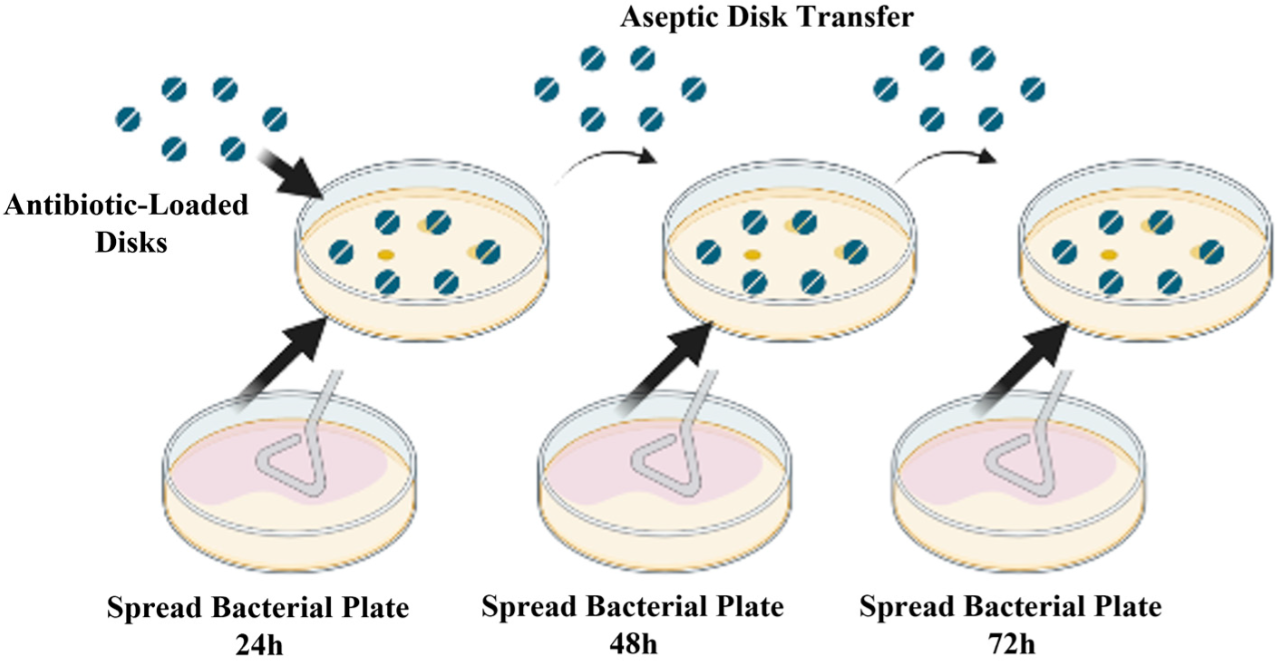💡 The escalating challenge of bacterial infections and antibiotic resistance has spurred the innovation of localized drug delivery systems. Leveraging 3D printing technology, this study evaluates LAY-FOMM and LAY-FELT nanoporous scaffolds for their drug release capacity, antibacterial efficacy, and biocompatibility with human fibroblasts, proposing a promising approach for precise antibiotic therapy.
📍 The study aimed to evaluate LAY-FOMM and LAY-FELT 3D-printed scaffolds for localized antibiotic delivery by examining their drug release rates, antibacterial effectiveness, and biocompatibility with fibroblast cells.
📌 The study included SEM surface analysis of 3D-printed scaffolds pre- and post-washing, consistency measurements of scaffold dimensions, antibiotic efficacy testing against two bacterial strains, and evaluation of fibroblast viability on the scaffolds.
– SEM analysis revealed distinct textures between washed LAY-FOMM and LAY-FELT filaments.
– LAY-FOMM scaffolds were heavier and slightly smaller in diameter but taller than LAY-FELT.
– Both scaffold types showed a reduction in the sustained antibiotic release compared to commercial disks.
– No significant difference was observed in the inhibition zones produced by LAY-FOMM and LAY-FELT against bacterial cultures.
– Fibroblast cell culture assays indicated no cytotoxicity, confirming scaffold biocompatibility.
📌 The utilization of LAY-FOMM and LAY-FELT nanoporous scaffolds for localized antibiotic delivery can be significantly beneficial in clinical settings. These scaffolds provide targeted delivery of antibiotics directly to the site of infection or surgical implantation, which enhances therapeutic effectiveness while minimizing systemic toxicity and the potential for antibiotic resistance. Their 3D-printed nature allows customization to fit patient-specific needs, leading to better implant integration and healing outcomes. Additionally, the demonstrated biocompatibility suggests that they can be safely used in contact with human tissues, potentially reducing the risk of post-surgical complications and the need for multiple operations, thereby decreasing overall patient morbidity. This innovative approach combines tissue engineering with drug delivery, addressing several challenges in orthopedic and reconstructive surgeries
Link to the article : http://tinyurl.com/mpw52k6f
